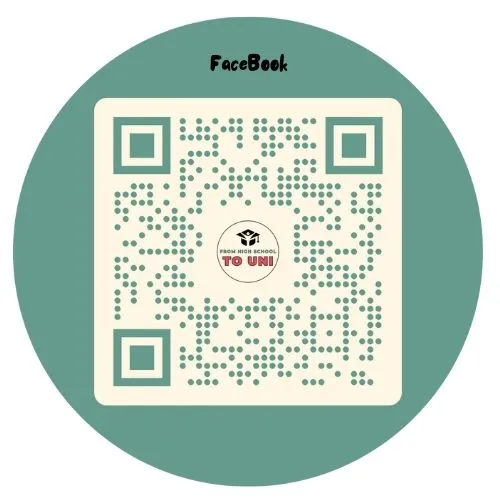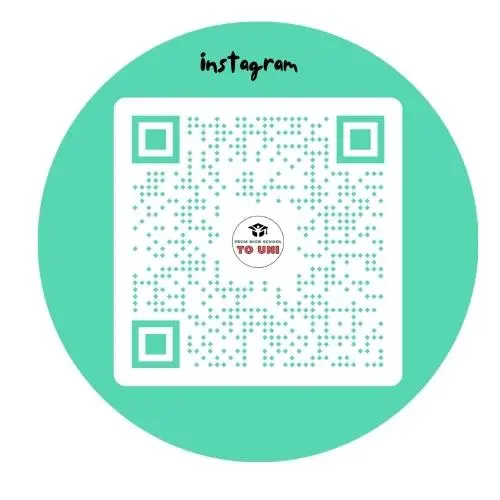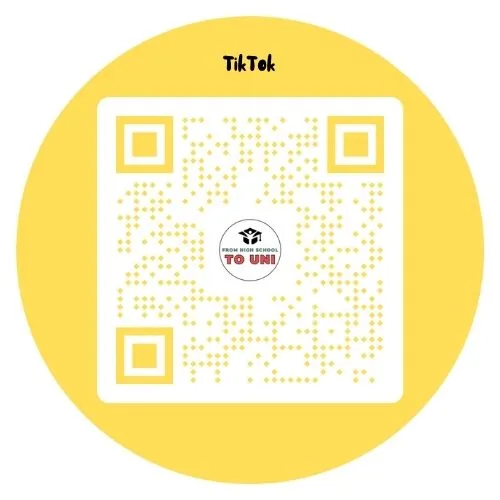How Fairy Lights Transform Students Dorm Rooms
- Philippa DC

- Apr 5, 2024
- 7 min read
Updated: Mar 21

Fairy lights are all the rage among students who want to create a cosy and festive atmosphere in their halls of residence.
They come in a variety of shapes, sizes and colours and can be hung anywhere to make the room feel more welcoming and relaxing, especially during the dark and cold winter months.
But do fairy lights really make that much of an impact on student life? Do they make students more productive and happier? Or are they just a waste of money and energy?
We decided to investigate this phenomenon and find out the truth behind the obsession with fairy lights.
Jump to:
How to reuse your Fairy Lights after Uni

What is it about Fairy Lights that make them a Packing Essential for Students?
In a survey of 30 students from different universities, we asked them about their lighting habits. Here are some of the results:
80% of students said they had fairy lights in their rooms.
60% of them said they switched them on every day.
40% said they only switched them on for special occasions, such as parties or when visitors came to their room.
20% said they never or rarely switched them on and that they were just for decoration.
10% said they didn't have fairy lights at all and preferred other types of lighting.
We also asked them why they like fairy lights and what benefits they get from them. Here are some of the responses:
"They make me feel cosy and warm."
"They add colour and sparkle to my room."
"They help me relax and sleep better."
"They create a romantic atmosphere for me and my partner".
"They remind me of my bedroom at home".
As you can see, fairy lights have different meanings and purposes for different students. Some of them use them as a source of comfort and joy, while others use them as a tool for socialising and romance. Some of them use them regularly, while others use them sparingly.
And some don't use them at all.

The Evolution of Fairy Lights
Fairy lights are more than just festive decorations. They are just one of the many ways that students express themselves as part of the culture of university life. They also have a fascinating history, a significant impact on energy consumption and the potential to create amazing 3D graphics.
Let's take a look at how fairy lights came about and how they have evolved:
Fairy lights, also known as string lights or twinkle lights, date back to the Victorian era. They were used to decorate Christmas trees and symbolise the magical presence of fairies during the festive season.
The soft flicker of fairy lights was inspired by the mesmerising glow of fireflies on warm summer nights. Imagine capturing the same ethereal magic indoors!
While we often associate fairy lights with the holidays, they've transcended boundaries. From dorm rooms to weddings, they add a touch of whimsy all year round. Who says you can't have a little Christmas magic in July?
LEDs are the pixie dust of our times. Traditional light bulbs have given way to energy-efficient LEDs. They use less power, last longer and give off a steady glow. What’s more, they don't heat up like their older counterparts – so they are actually safer too!
Did you know that different colours evoke different emotions and can be very therapeutic? Warm white lights create a cosy atmosphere, while cool blues and greens promote calm. Experimenting with the different options can help you get into, or snap you out of, a mood.
Students can get creative with their fairy lights, making personalised arrangements such as mimicking constellations, or spelling out their name or a message.
Embracing the Danish concept of hygge (coziness), fairy lights transform ordinary corners into cosy retreats. If you add a couple of nice cushions, soft blankets, a cup of tea and your favourite book - pure bliss!
Around the world, festivals celebrate light and hope. Diwali in India, Hanukkah and even the Chinese Lantern Festival all share the joy of illumination and fairy lights play a starring role in these celebrations.

Fun Facts about Fairy Lights that you probably didn't know:
LED lights are much more energy efficient and cost effective than incandescent bulbs. They use about 0.05 watts per light, while incandescent bulbs use about 0.4 watts per light.
Incandescent light bulbs were invented by Thomas Edison and his colleague Edward H. Johnson in the 1880s. They were originally very expensive, costing up to $10,000 (in today's money) to light a Christmas tree.
The type and size of fairy lights affect their energy consumption. LED lights use about 1.1 kWh per day for 1,000 bulbs, while ceramic lights use about 14 kWh per day for the same number of bulbs.
Lighting affects a student's learning environment by stimulating their visual, cognitive and emotional skills. Lighting can improve their concentration, alertness and mood regulation.
Sustainable Lighting: Fairy Lights and Our Planet
Of course, if you are concerned about your budget or your impact on the environment, you can always try the following practical tips to save money and energy while still enjoying the cosy feeling of fairy lights.
LED-powered Fairy Lights: A brighter, greener choice
Buy LED lights instead of incandescent light bulbs. When storing LED lights after the festivities, you'll not only save on packing space by rolling them up - you'll also save on energy. LED lights are champions of efficiency, using up to 90% less energy than traditional incandescent bulbs. They also last twice as long!
Repurpose: Extend their life by using them to create cosy reading nooks indoors or as gentle night lights when you’re watching a movie.
Solar-powered magic: Let the sun shine in
Where possible, use solar-powered lights. They absorb natural, renewable energy during the day and shine brightly at night.
Repurpose: Keep them handy for garden parties, summer evenings or even camping trips. The sun will charge them up and save you the expense of buying battery-powered equipment.

Timed brilliance: Save energy, hour by hour.
Use a timer or remote control to switch off your lights when not in use. This will prevent you from forgetting to turn them off and wasting electricity which has risen significantly in this current .
Repurpose: Set them to light up the path to your front door for visitors or when you're coming home from work. Your electricity bill (and the planet) will thank you.

Rechargeable glow: Fairy lights on repeat
Use rechargeable batteries instead of disposable ones. They are cheaper in the long run and reduce waste.
Repurpose: Use them for impromptu parties, movie nights or whenever you need a touch of magic. Recharge, reuse and reduce waste.
Remember, every choice we make - whether it's the type of light we use or how we reuse it - has an impact. Let's keep our planet shining, one sustainable light at a time!

Beyond Student Dorm walls: How to Reuse your Fairy Lights when you Move Out
Now, let's explore creative ways to pack up and reuse those beloved fairy lights when it’s time to move out. After all, why let the magic fade when you can extend it beyond your bedroom?
Here are some great ideas:
1. Fairy light garland or wreath
Gently wrap fairy lights around a piece of cardboard or an empty paper towel roll and secure with a rubber band, string or cable ties.
Reuse: Unroll the garland for festive occasions - birthdays, movie nights or cosy dinners. Drape it along the middle of the dining table, mantelpiece or coffee table when you have guests over.

2. Mason jar lanterns
Place the lights in a clean Mason jar and screw on the lid to use as a cute side lamp.
Reuse: These lanterns are perfect for summer evenings on the patio. Hang them from tree branches or place them on outdoor tables. Instant ambience!
3. Photo String Display
Use the same string to display your favourite photos. Clip them along the wire to create a personalised photo gallery.
4. Bed Canopy Glow

Remove the string from the bed frame or headboard. Roll them up neatly.
Reuse: Create a cute canopy by draping the lights over your bed. It's like sleeping under the stars every night.
5. Decorate your Desk
Use them to brighten up your study area. Wrap them around your desk lamp or frame your computer monitor.
6. Miniature Terrarium Glow
Create a mini terrarium with fake plants, pebbles and the fairy lights for decoration on your desk or windowsill.
So, whether you are a fan or not, fairy lights are not limited to your student accommodation. Take them with you with you when you move out, share them with friends and repurpose them to feel the glow wherever you go!
Discover our essential guide “From High School to Uni” for IB & A Level students who are preparing for university.
Our Book and Student Resources are also a reassuring companion for parents, offering invaluable insights into university life, as well as hacks and tips you may not know or have thought of.
Packed with practical wisdom and a step-by-step approach to guiding students, we provide essential tools such as packing checklists, tips and tools to help you move to, survive and thrive on campus. From a roadmap to plan for departure to creating and managing your monthly budget, we've got it covered!
We have done all the work for you! So you can enjoy getting ready for the exciting journey ahead.
Want more tips and insightful guidance to support your journey on all things university-related? Sign up below to receive our newsletter to help you on your way!
Scan our QR codes below and follow us on social media to stay updated with tips and tricks!
We would really appreciate a Google review to help us grow the business and make ourselves known. If you could take a minute to leave us a 5* review, we'd appreciate it! 🥰
© 2024 FROMHIGHSCHOOLTOUNI LTD
All rights reserved







